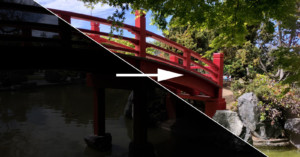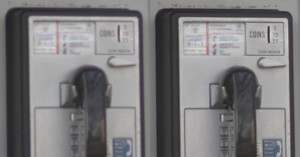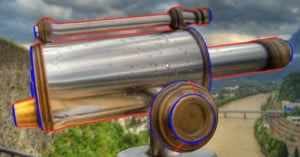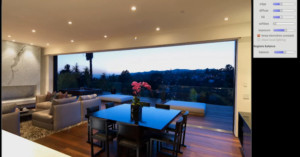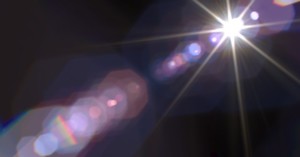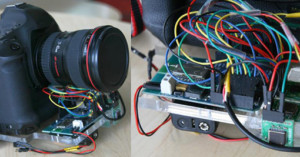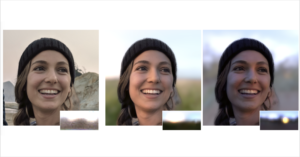
Researchers Developed an AI that Can ‘Relight’ Portraits After the Fact
A group of researchers and engineers from UC San Diego and Google have trained a neural network to "relight" portraits after the fact "according to any provided environment map." In other words: their system can take any photo and adjust the lighting at will—including the direction, temperature, and quality of the light.
